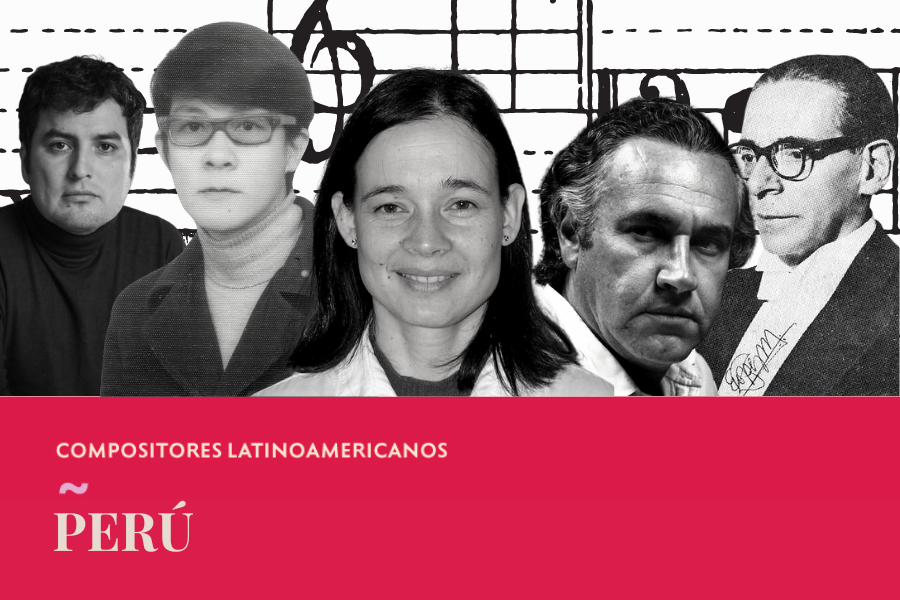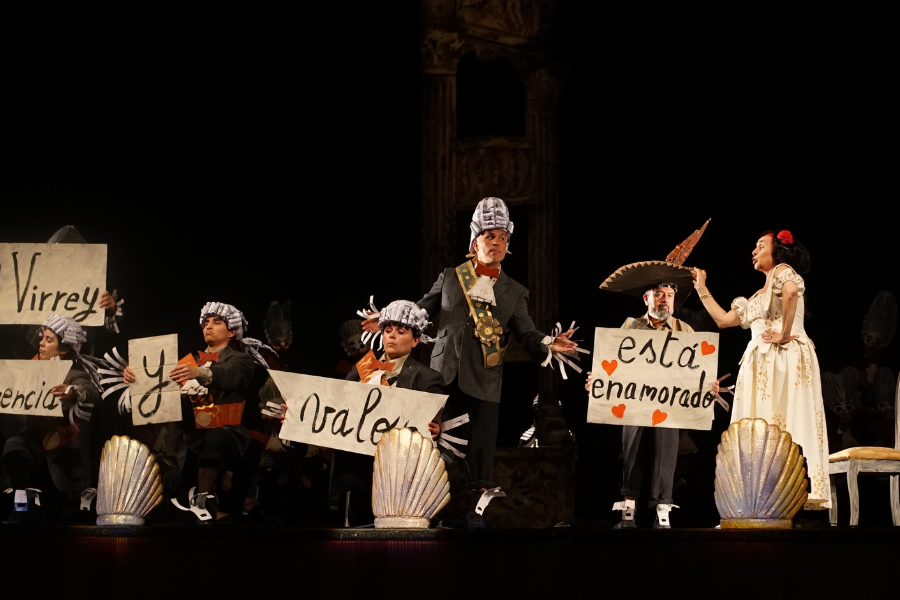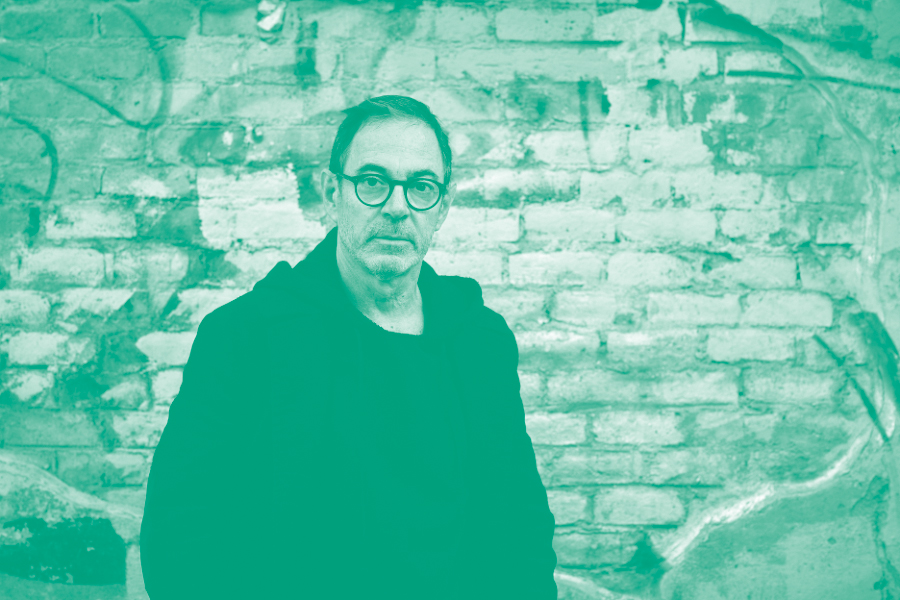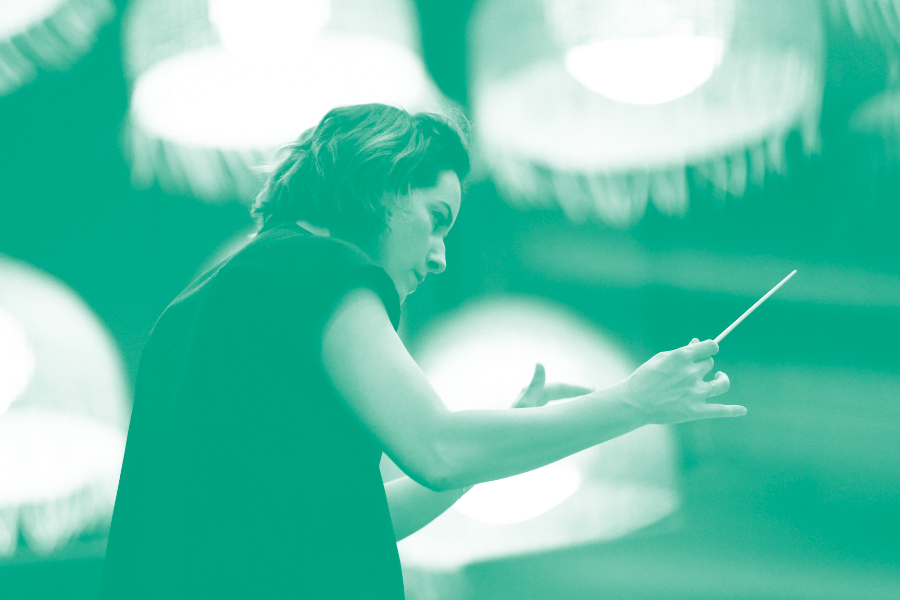Jean Pierre Gamarra returns to Gran Teatro Nacional of Perú to release Pulgarcito
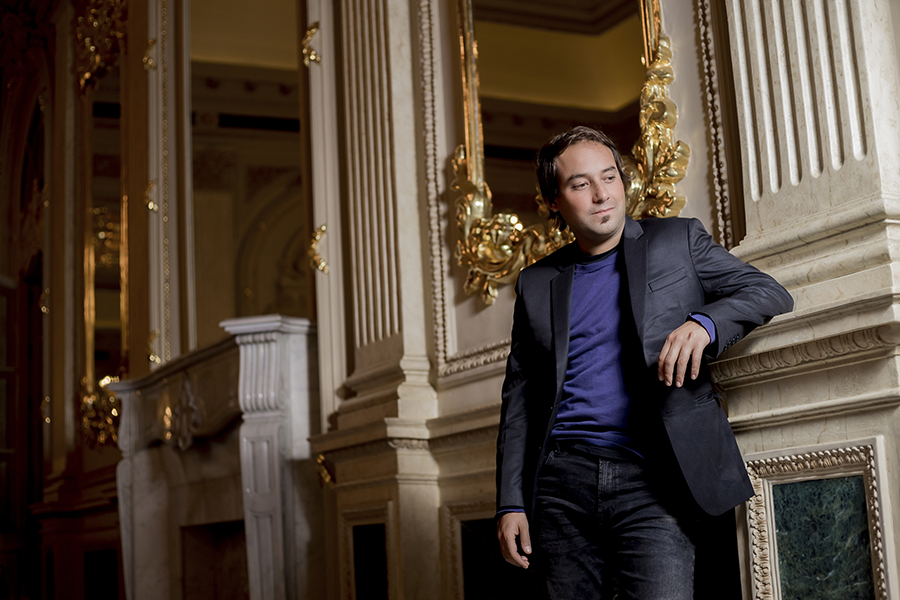
We interview to Jean Pierre Gamarra, general director of the new family opera Pollicino, first title of the Opera family season which starts this September at Gran Teatro Nacional of Lima, with the participation of the National Children’s Choir and the Artifex Ensemble
Within the framework of its 2018 Family Opera Season, the Ministry of Culture of Peru will present the work Pollicino with the participation of the National Children’s Choir, led by maestra Mónica Canales; and the Artifex Ensemble, directed by Luis Chumpitazi. The performances will take place on September 01st, 02nd, 08th and 09th at the Gran Teatro Nacional of Lima.
The new story of Pollicino and his brothers, will offer a more enlightened and dynamic reading, with music by Hans Werner Henze, libretto by Giuseppe Di Leva and the general direction of Jean Pierre Gamarra. The main characters will be performed by members of the Children’s National Choir supported by chords and melodies performed by Ensemble Artifex, along with prominent Peruvian soloists. The show tells the adventures of the famous child of the classic fairy tale, who in the middle of a dangerous and dark forest, will know how to deal with the loneliness generated by the abandonment of his parents and will face his fears with courage and enthusiasm, always looking for Way to happiness.
How was the process of design and development of this production?
The design process is one of the most beautiful things I have ever experienced. I knew the work but had never studied it, it was a discovery. It is a fascinating piece of music, very complicated and the universe that is spoken of is very far from what people know as the brave Tom Thumb. He is a very sad, desolate and painful character due to everything he has to live with his brothers. And musically it is also painful, there is a constant fear and suspense from the beginning to the end of the work, not even the end turns out to be as hopeful as it should be. I think it’s part of this expressionist world that Henze gives us.
with such complex music and harsh libretto, what had to be created was something that did justice. The scenography and costume design is by Lorenzo Albani. Together we create something that I feel very satisfied with. I can see that in the children who have witnessed the trials this forest represents the hostile world where the child is born without guilt and where it has to get used to, it creates a strong impact.
This forest has allowed us technically and intellectually speaking, to represent this terrible world for so many children. In the case of the family of Pulgarcito, they are a very poor family, and for that reason they decide to abandon them, which is not for any reason a justification. On our side we have decided to show parents that they see themselves in this situation without any judgment, it will be the public who will judge them. Another reference we had is children who go through rubbish in South America or India, those children who live in the rubbish and their world is rubbish and who do not know anything else, then the child is allowed to dream in any situation.
A rich child in his/her apartment or a child living in the trash does not change your perception of dreams or creativity. Definitely there are differences, but not in the essence of what it means to be a child, and in that case children who go through circumstances like these, and not only as Pollicino and their brothers but also the daughters of the Ogre and Clotilde, are children who live extreme situations have achieved a greater ability to reinvent themselves, is how I had entitled the project to present it to the Gran Teatro Nacional of Lima, this work for me is the power of children, a power that adults do not have since at some point of our developments we lost. These children alone manage to find this spring, this spring that they carry inside and that represents happiness, tranquility, peace and the future.
When we began to develop it, I focused not only on the main character of Tom Thumb but on the children, even myself as a child, on the idea that I could be the hero of my own story without the need for a theatrical mechanic, a script, not an antagonistic character, it was myself and my imagination. And this is the capacity that allows Tom Thumb and other children to find this way of happiness that adults no longer found, instead they see the world in a totally different way.
These are some of the ideas that led us to find this forest where the story unfolds. The expressionist music that Henze gives us, and I do not know if it is because he is German or because of the hard childhood he had to live, his way of seeing the world is perfect to tell the terrible story of these children. This is a story that we usually tell our children but that has a background and a closeness to the great reality. It speaks of life, of which as human beings we must pass, the difficulties of life and poverty; and I think that mainly in a Latin American society is fundamental to address these issues, I think it will serve to reflect on the fortune or not fortune we have and the way our society works. It is a bit paradoxical because of course it is written by a German but works perfectly with the South American reality, and this has also been an important point in the creation of this work.
What value do you grant to the premiere of more familiar productions and to what extent do they contribute to the development of new audiences?
I think that opera for children is the future, not only to generate more audiences, but also the way to the future of opera. Today the needs of children not only matter to psychology, but also to the arts, and the future of the arts is in children.
The family opera not only has an impact on the children, also on the parents, I have had the opportunity to make several productions of family operas, and I see how the child receives the first impact and the second one is received by the parents. They see how their children have no prejudice against this genre. Because it happens regularly that this adult audience that attends the opera with their children is not a consumer of this, but of art in general, and that is intrigued by the opera for children. Adult attendees consider the existence of an opera for children a curiosity, since it can not only satisfy the need of a child, but also that of an adult. And it also helps them to integrate, and little by little to lose their fear because it is true that children’s opera will shape these new audiences of the future, but there are also current audiences that we must conquer and can continue faithful for the next 30 years; so I think that family opera has that importance.
Personally I was very scared the first time I set up an opera for children, because I had never seen one live. I only had some references and I did not know how the children would react to a theater performance that is sung and also with contemporary music. I approached without knowing if my theatrical work could connect with the children, but since the first family opera performance I realized that the child is pure in every way, has no prejudices, has the ability to find beauty in everything, and not only beauty but also find meaning in everything.
The opera for children not only brings the genre closer, but also approaches contemporary music and contemporary theatrical language, because evidently the librettos and music of contemporary operas have a theatrical line different from those of the most romantic operas.
What is the challenge from the direction to create new productions focused on the development of new audiences?
It is a constant challenge from the moment we approach the score, we are confronted with contemporary music, let’s call it an unusual tonal system for what people associate with opera. And this often turns out to be a barrier for opera lovers.
What I like very much about family and contemporary opera is that it is not necessarily intended for the opera public, it is thought of as an art, it is intended for a different audience. I know many pucciniano faithfuls
who do not have a real affection towards the contemporary music and it is because they do not understand it, since it escapes what is natural for them.
This is the challenge for me because I must convince them, I have to make them love contemporary opera, because it is an almost religious public, a fanatical public that leaves everything in the seat and lives it since it arrives at the theater. It is too demanding, very difficult and not always satisfied.
That’s where the first challenge begins, the second is contemporary music and the third is children, but the child has that ability to believe, feel and naturally assume everything he sees, we are adults on the contrary, the prejudiced, the most difficult to convince.
In my opinion, the children with the best audience, a virgin and sincere audience that will say what they feel from the bottom of their hearts and will not necessarily say what they feel according to their musical, or theatrical and operatic culture, the Child is the only one who even during the show will let you know if things are working or not. It has happened to me that during performances the adults did not understand what was being sung but the children did and even responded to the characters. We are the adults what complicates our lives, it is the children who have that capacity to understand and feel that surely adults going through adolescence lose.
About Jean Pierre Gamarra
Master in conducting by the Accademia per l’Opera Italiana – Arena Foundation of Verona and Accademia Nazionale d’arte drammatico Silvio D’amico of Rome. Specialized in Opera Management at the Higher Institute of Art of the Teatro Colón in Buenos Aires, awarded for two consecutive years with a grant grant from the Teatro Colón Foundation and sole graduate of the 2011 Promotion of Directors of the Opera House.
In 2010 he made his debut as opera director with Mozart’s Le Nozze di Figaro at the Teatro Colón in Buenos Aires. In 2011 he directs the work Behind the Mask and debuts as a playwright in a production of the Metropolitan Municipality of Lima at Entre Entre Nous House. He has also directed the opera by Leoncavallo I Pagliacci at the Centro Experimental del Teatro Colón.
In 2012 he directs and designs the contemporary opera Erase. In 2013 he made his debut at the Gran Teatro Nacional de Lima with the contemporary opera La ciudad bajo el mar. In 2015 he directed and designed a new production of Le Nozze di Figaro at the Municipal Theater of Lima.
As part of the ENSO (European Network of Opera Academies) he has participated as a guest conductor at the Musical Dramaturgy laboratory of the Dutch National Opera in Amsterdam. He has collaborated with important theaters in the world such as Teatro Colón, Teatro Avenida, Teatro dell’Opera in Rome with Emilio Sagi and at the Rossini Festival in Pesaro with Juan Diego Florez and Salomé Jicia.
This 2018 will direct the operas The Magic Flute and Rinaldo for the Chicago Summer Opera, as well Alzira as Verdi’s for the National Opera Season of Peru at the National Grand Theater.




